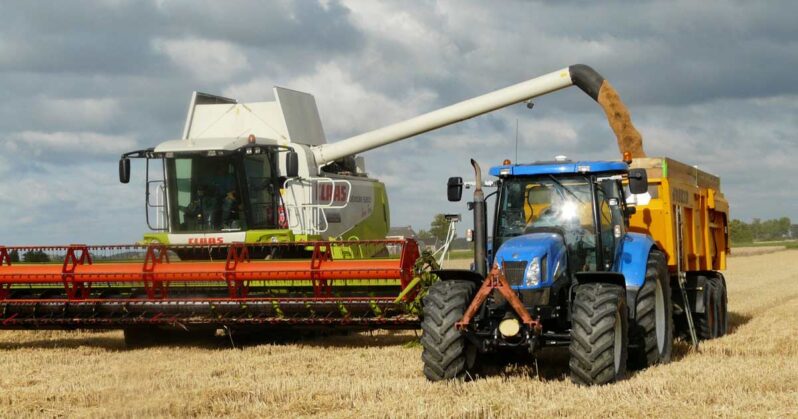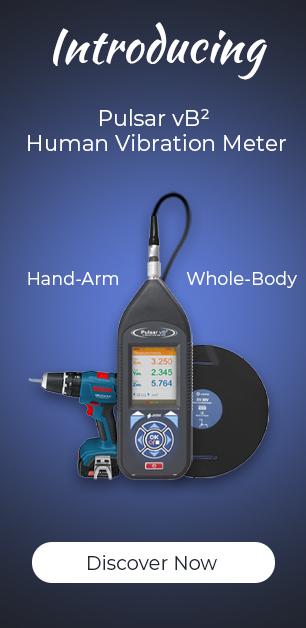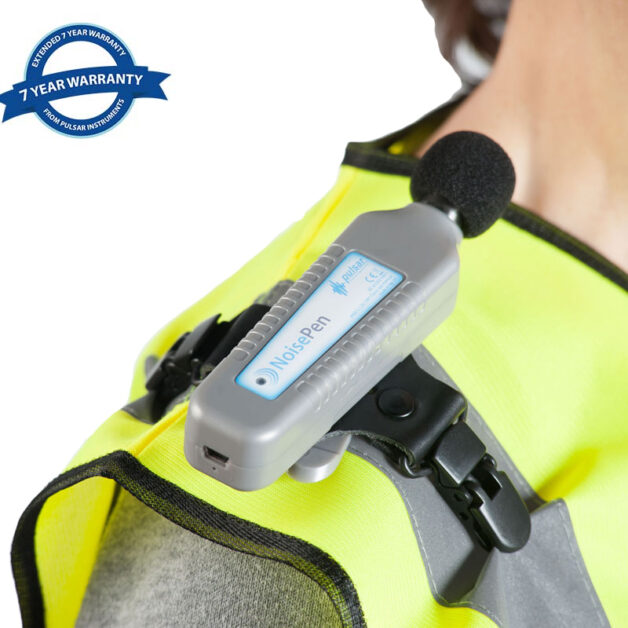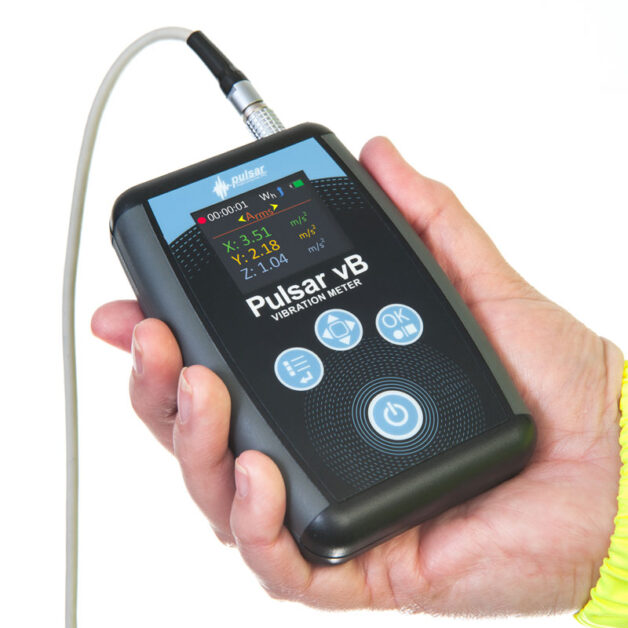Occupational hearing loss is a common and preventable injury in farmers
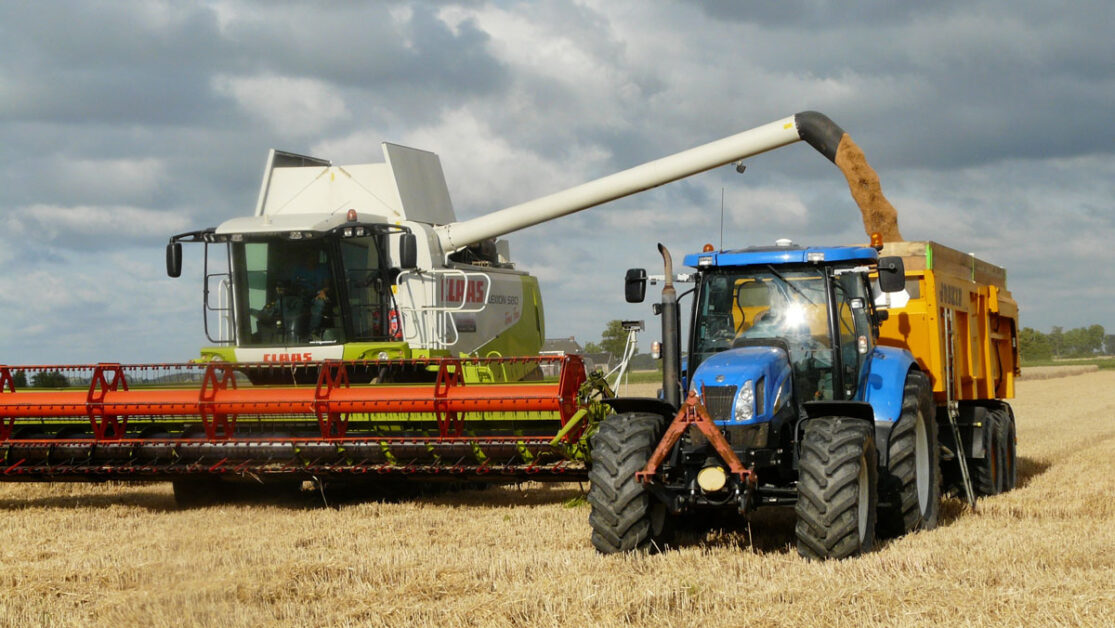
Daily life on the farm is characterised by excessively high noise levels, as a consequence, farmers are particularly vulnerable to hearing loss (they rank among the top three occupations and industries with the highest risk for hearing loss). Although the age when Noise-Induced Hearing Loss (NIHL) begins among farmers is unknown, its prevalence appears to be higher among male farmers between 14-35 years of age: 25% of the male farmers incur hearing handicaps by age 30 and 50% by age 50.
Many agricultural workers and farmers acknowledge that their work environment is noisy, but most do not use hearing protection and typical hearing conservation programs used in general industry may have limited application in agriculture, especially on small family farms.
According to the American Academy of Audiology, 78% of farmers believe they have hearing loss, a significantly higher prevalence than those found in other groups, but only 4% use hearing protection. Hearing damage often starts at a young age when children and adolescents, who live and work on farms, are exposed to hazardous noise such as squealing pigs, tractors, combines, grain dryers, chain saws and other equipment and tools. Similar results were found in previous Swedish studies by the Swedish Institute of Agricultural and Environmental Engineering. The studies confirmed the importance of wearing hearing protection. Fifty individuals who consistently used hearing protective devices were paired with a group of non-users, and the results showed that significantly less hearing loss occurred among farmers who had worn protectors.
Health and safety noise issues in agriculture
Exposure to noise is recognized increasingly by public health professionals and researchers as a public health problem with serious consequences.
Noise action limits and values
In the UK noise action levels are defined in terms of daily noise exposure (the daily average) and peak noise exposure (sudden noises). This is the same across the European Union and similar in other parts of the world.
- The lower exposure action values are 80 dB for daily exposure and 135 dB for peak noise.
- The upper exposure action levels are 85 dB for daily exposure and 137 dB for peak noise.
- The limits, which must not be exceeded, are 87 dB for daily exposure and 140 dB for peak noise.
Long term exposure to harmful levels of noise can lead to serious health and safety issues such as occupational hearing loss or tinnitus. Occupational hearing loss injury in farmers could occur as a result of a single exposure to loud noise such as a ‘Gun Shot’ although this is a rare event. More typically, the condition will be caused by repeated cumulative exposure to moderate to loud noise; this can occur with relatively low noise but over a very long shift e.g. driving a combine harvester or tractor all day, or years of exposure to a single noise source for relatively short periods of time.
The key thing to remember here is that occupational hearing loss in a farm environment is totally preventable with the help of the right monitoring and control measures to reduce the risk from excessive noise levels. This is where regular monitoring of both machinery and workers’ individual noise exposure comes in.
Failure to monitor noise levels may mean that employees are exposed to levels in excess of recommended levels in the Control of Noise at Work Regulations (2005). In recent years, many businesses have had to pay compensation for noise-induced hearing loss resulting from workplace exposure, where it has been demonstrated that an employer has failed in their duty to provide adequate control and protection in relation to noise.
Knock-on effects
Also, in essence, by losing hearing, farmers become increasingly susceptible to other hazards on the farm:
- Farm workers may not hear noise warning signs e.g. from reversing vehicles putting them at risk of accidents and fatalities
- In addition to causing hearing damage, the noise may adversely affect farm workers’ concentration more easily putting them at risk of accidents from operational machinery.
- Excessive noise can also contribute to physical exhaustion; farmers often have to exert more energy in order to perform their tasks in a noisy environment. This can result in other work-related injuries.
- Losing hearing can also contribute to feelings of isolation and depression and affects the overall mental health of workers.
- Working in excessive noise has been linked to increased hypertension and other heart and circulatory conditions.
Typical noise levels on a farm:
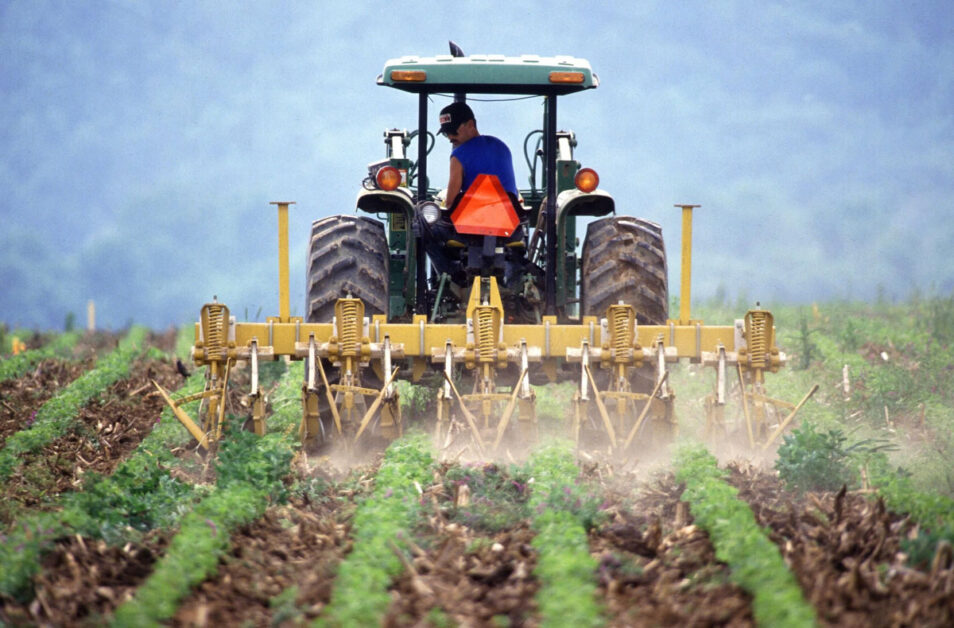
Any exposure to the following levels of noise would need to be monitored closely:
- Tractor 74-112 dB(A)
- Chainsaw 77 – 120 dB(A)
- Grain Dryer 81-102 dB(A)
- Combine 80 – 105 dB(A)
- Orchard Sprayer 85-106 dB(A)
- Electric drill 87 dB(A)
- Pig Squeals 85-115 dB(A) (at feeding time the noise is most often above 100 dB(A))
- Grain Grinding 93-97 dB(A)
- Petrol driven mowers 96 dB(A)
- Circular saw & Chain saw 100 dB(A)
- Wood chippers 101 – 120 dB(A)
- Gunshot 150 – 165 dB(A)
Noise control solutions on farms
Workplace monitoring
Noise levels should be checked in order to determine whether a farm-operative is at risk of occupational hearing loss. Measurements should be made with a suitable hand-held sound level meter (at least Class 2/Type 2) which gives the sound level readings in decibels. Personal noise dosemeters can be useful also; worn by an employee, they capture and store fluctuating noise levels during a working day or week.
Workplace noise measurements should only be carried out by competent persons who have had sufficient training and experience. The responsible person should make sure that all measurements are recorded as soon as they are made alongside all relevant information, such as the activity being undertaken by the operatives and kept safe. Noise measurements should be repeated if there are changes to the workplace layout, installation of additional machinery or a change in the type or distribution of work undertaken.
Such an effective workplace noise monitoring strategy will ensure that staff are fit for work and remain healthy. It can also help employers put preventative measures in order to reduce the risk to health and protect commercial farms from legal action.
Controlling noise at source
The best way to protect against noise is to control it at source and to reduce exposure times of workers:
- choose quiet machines or processes when selecting production methods or new machines;
- enclose noisy machines or processes with sound-insulating panels, or put them in separate rooms;
- fit silencers on exhaust systems;
- reduce the need to work in intensive animal housing at feeding times;
- reduce the duration of exposure by job rotation, providing a noise refuge, or arranging the work so that no one needs to be in the noisy area;
Hearing protection and other solutions
Wearing hearing protection is often the most obvious way to prevent hearing damage and both sound level meters and noise dosemeters, for example can help accurately prescribe the correct level of hearing protection required. Hearing protection should be the last resort though, of more importance are ways to limit the noise include putting sound insulation in barns and buying the quietest equipment possible when purchasing new machinery. Indoor and outdoor weatherproof Noise-activated warning signs can also be used to help warn farmers when noise levels have exceeded 80dB (A) for example, so they know when to put their hearing protection on AND when it’s safe to remove it. As an employer you should:
- provide workers with hearing protection if they ask for it and their exposure is between the lower and upper exposure action values;
- where exposures reach 85 dB or higher, mark these areas as ‘hearing protection zones’ with signs to show that hearing protection must be worn;
- make sure operators in noisy areas wear hearing protection, and tell them about the risks to their hearing.
Noise measurement equipment
Pulsar Instruments manufacture a range of noise measurement equipment to help safety professionals determine if workers in an industrial environment are being exposed to noise levels which could damage their hearing. Please consult our website for our full range of professional sound level meters, personal sound exposure meters and noise-activated warning signs to establish whether your job is a hazard to your hearing or the hearing of your employees.
Download our FREE Guide to selecting the correct level of hearing protection.
More information
The HSE has a produced a Guide “Practical Solutions to Noise Problems in Agriculture”
You can find out more about safety issues for farmers during the NFU’s Farm Safety Week 15-19 July 2019.
The Farm Safety Foundation is the home of Yellow Wellies, Farm Safety Week & Mind Your Head & aims to raise awareness of farm safety for young farmers in the UK https://www.yellowwellies.org/
If you are worried about noise levels in your workplace and would like to obtain advice on workplace noise measurement and appropriate monitoring tools, contact our friendly team on +44 (0)1723 518011 or email us at [email protected].
References
American Academy of Audiology. Preventing noise-induced occupational hearing loss. Washington, D.C.: American Academy of Audiology; 2003.
JTI – Swedish Institute of Agricultural and Environmental Engineering. R 343 Dose measurements of noise in agricultural farms to assess risk for hearing impairment. AuthorS Geng Qiuqing, Adolfsson Niklas, Öberg Kurt; 2005
University of Iowa News Services. Typical Noise Levels on a farm. Hallandsposten.
HSE Website: Agricultural Noise http://www.hse.gov.uk/agriculture/topics/noise.htm
